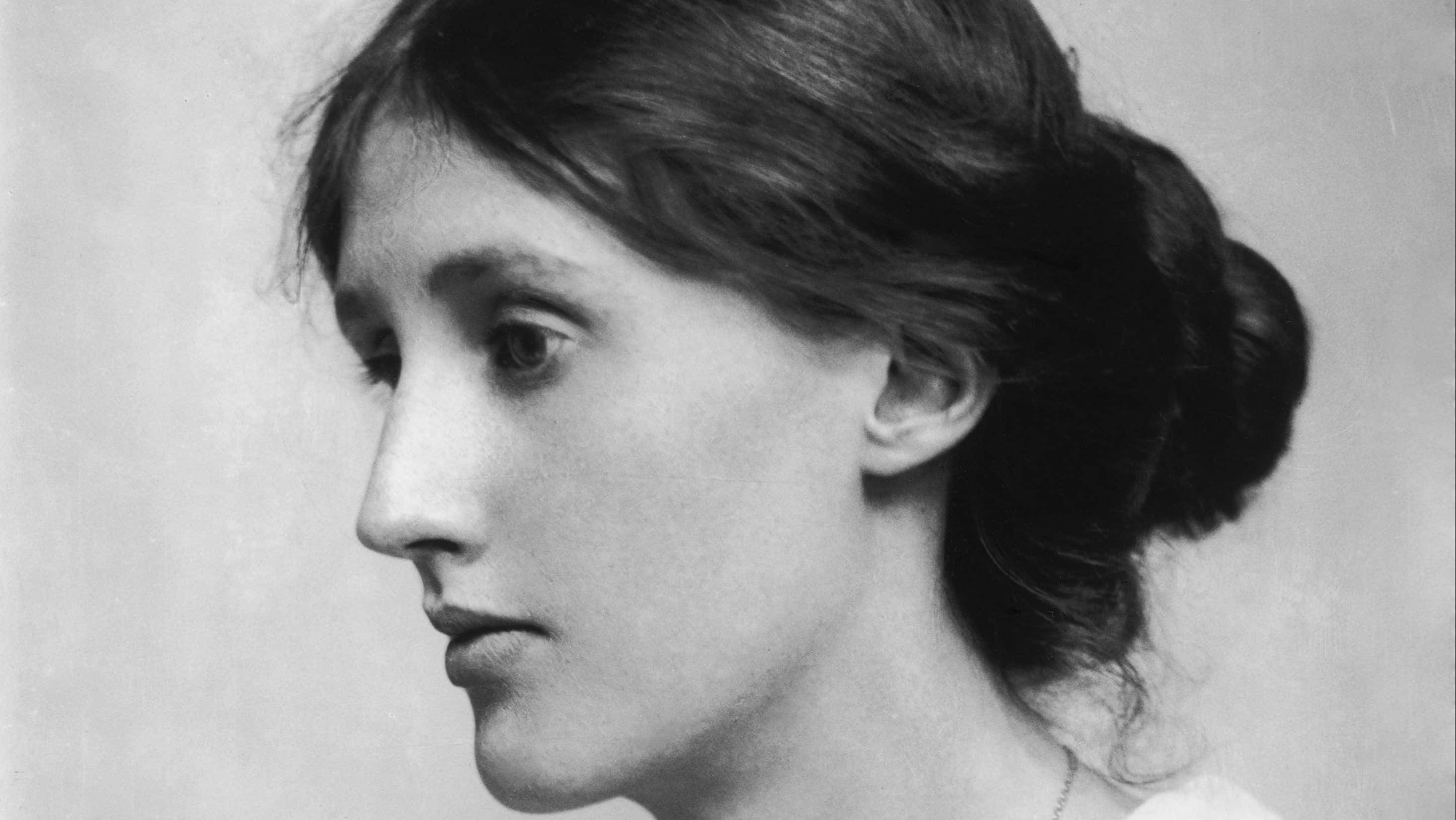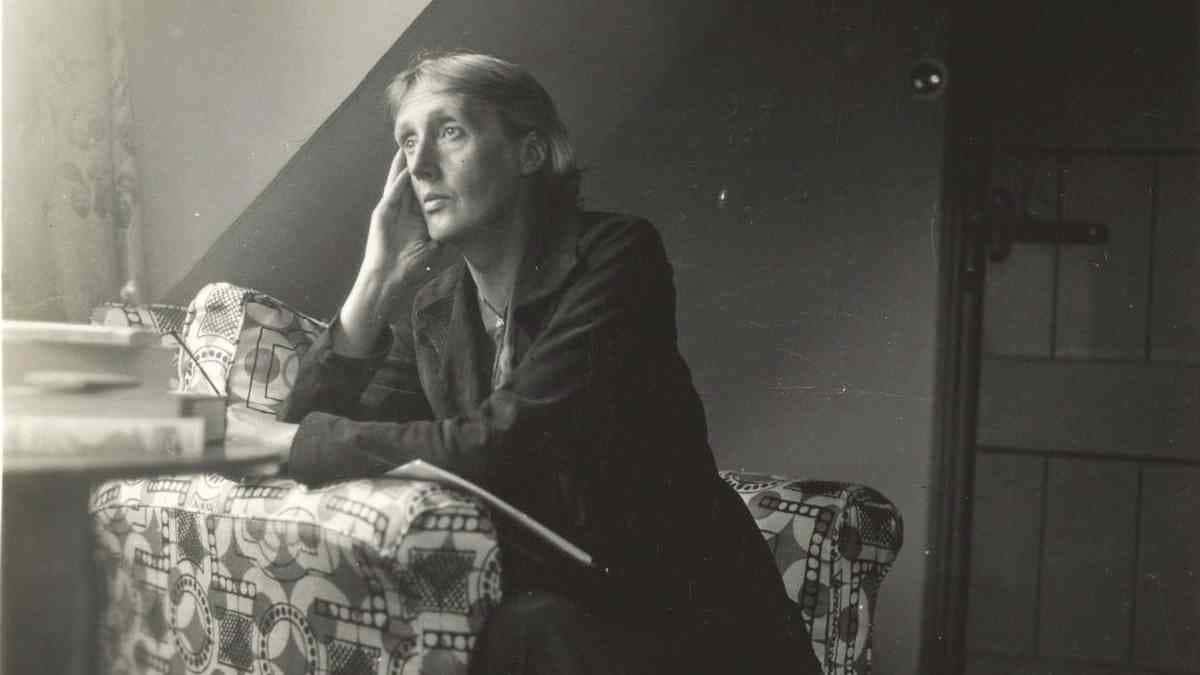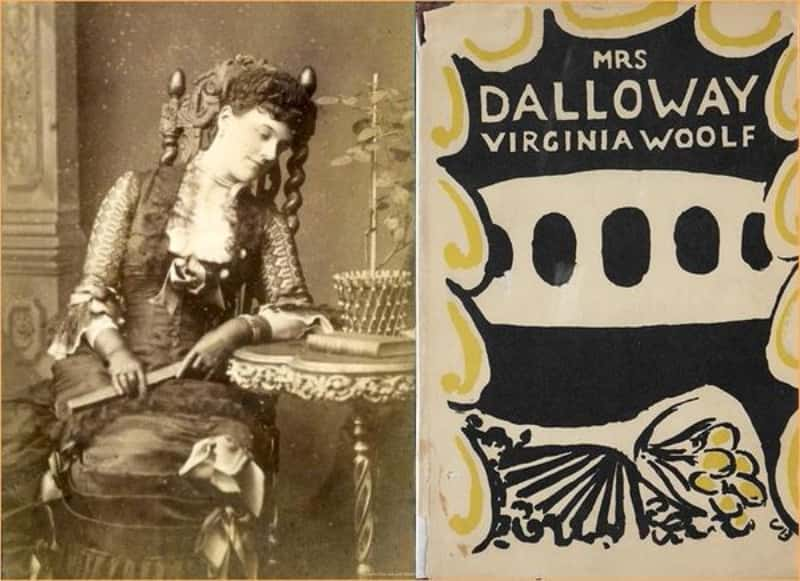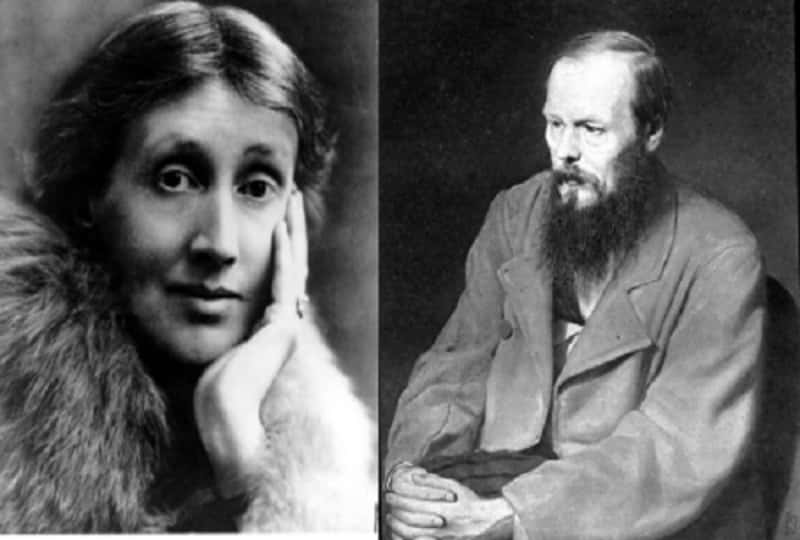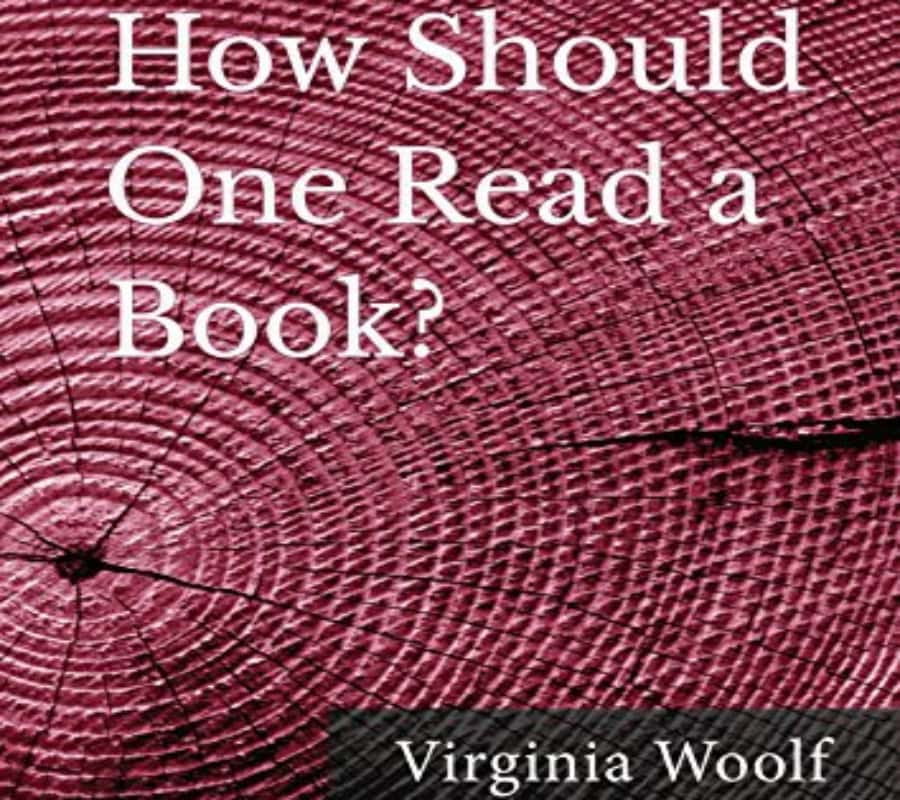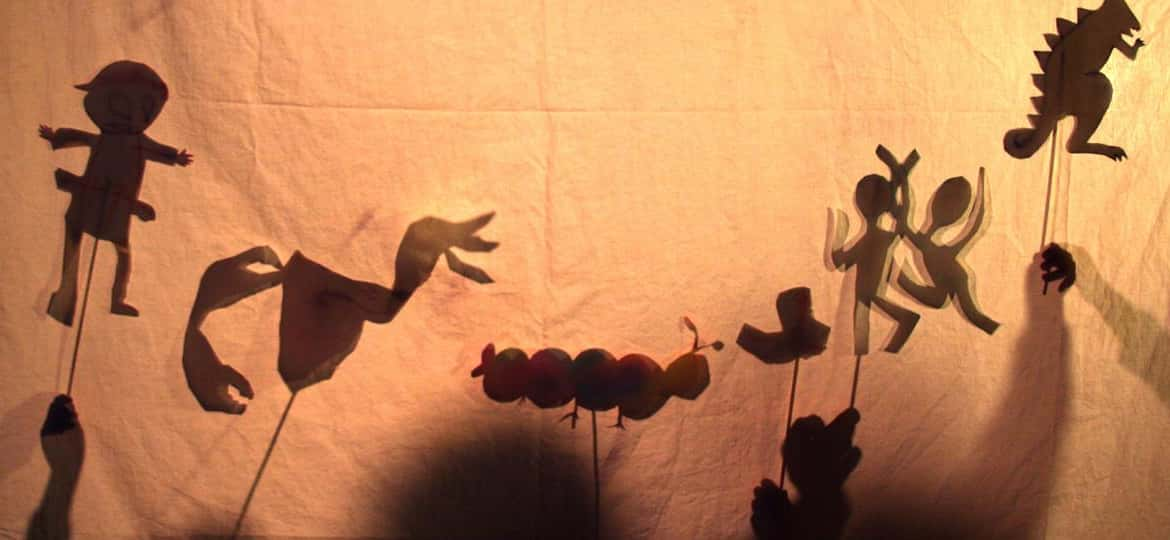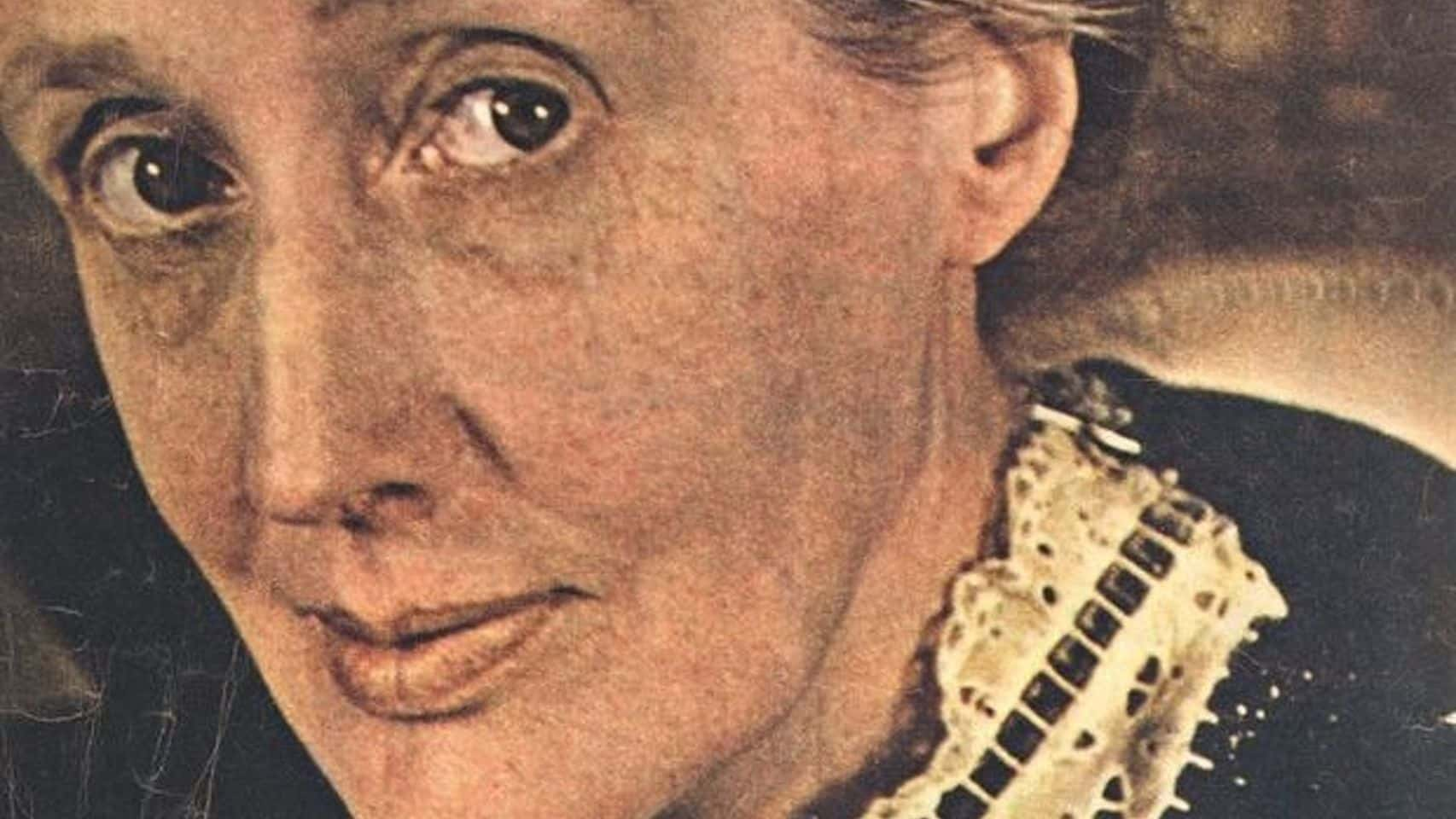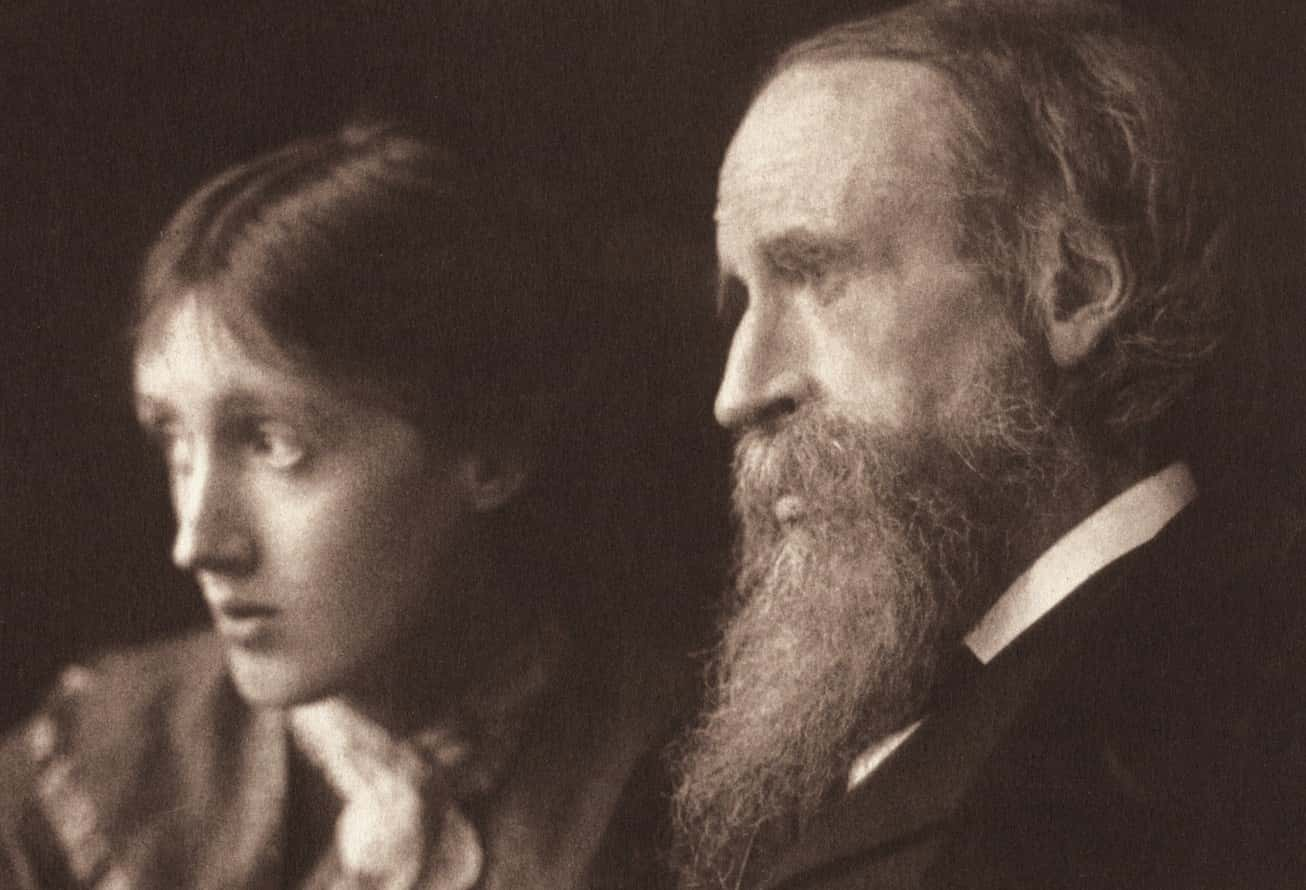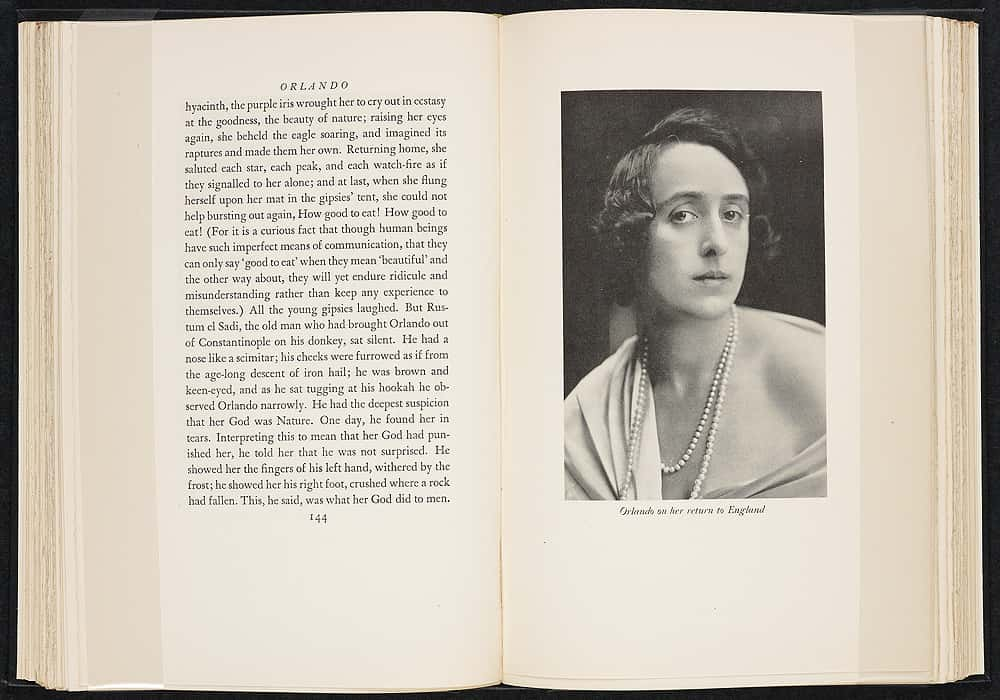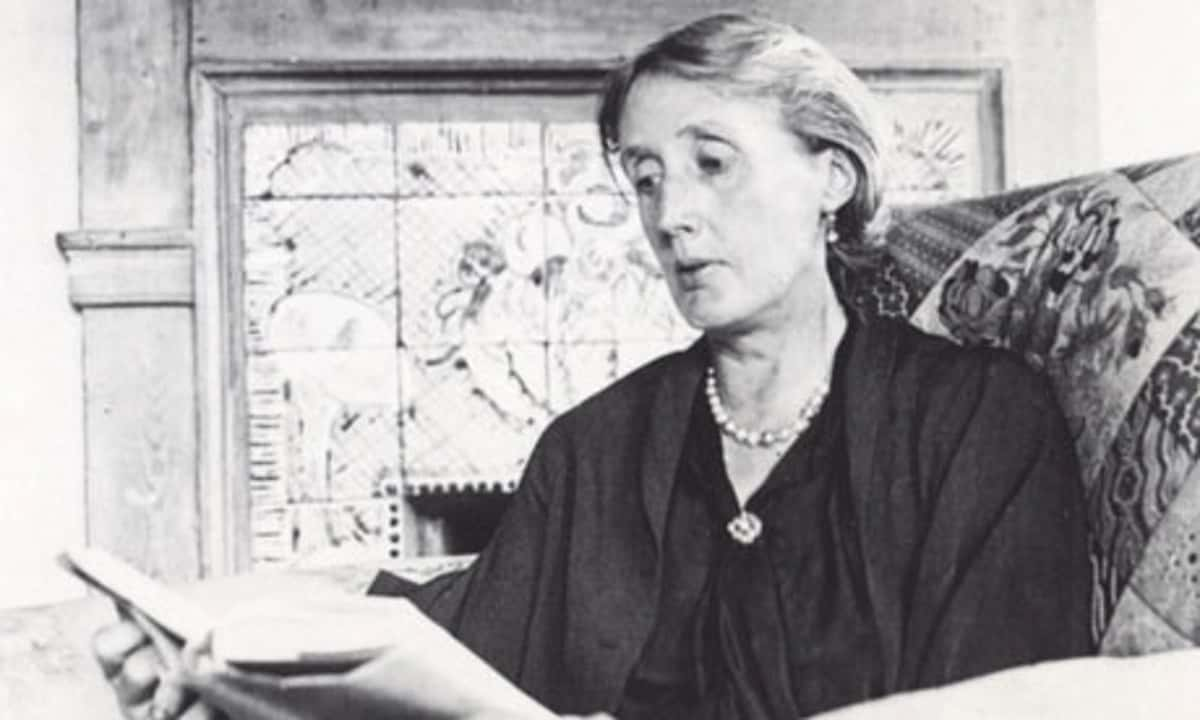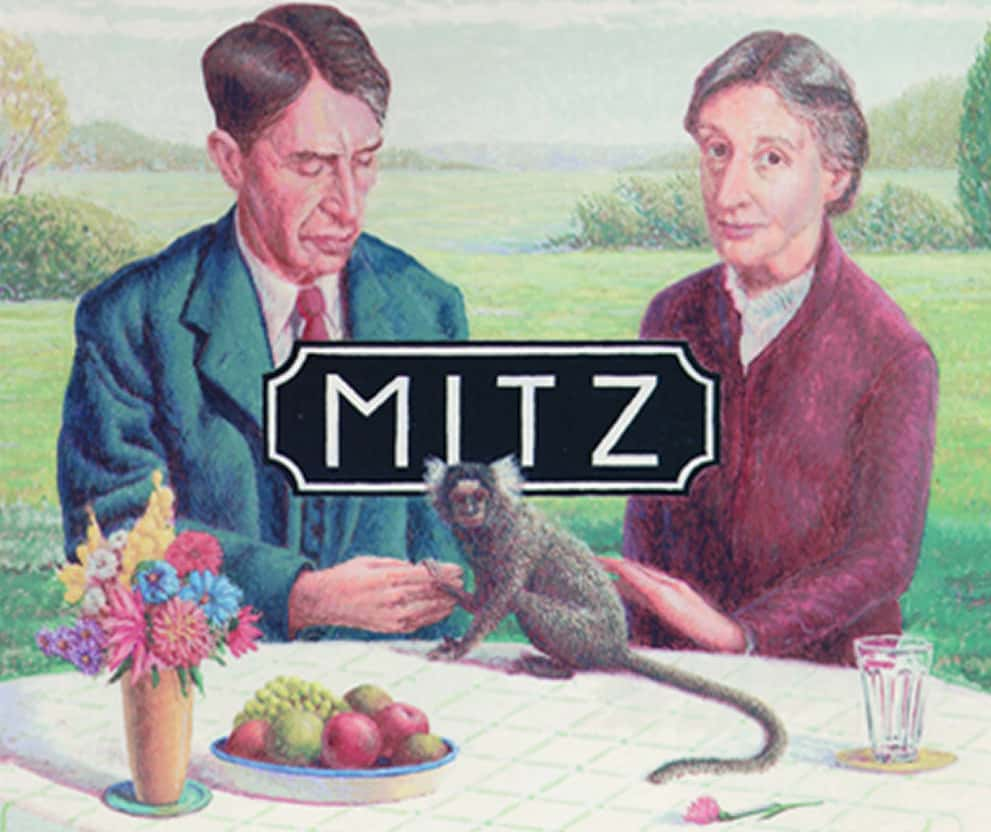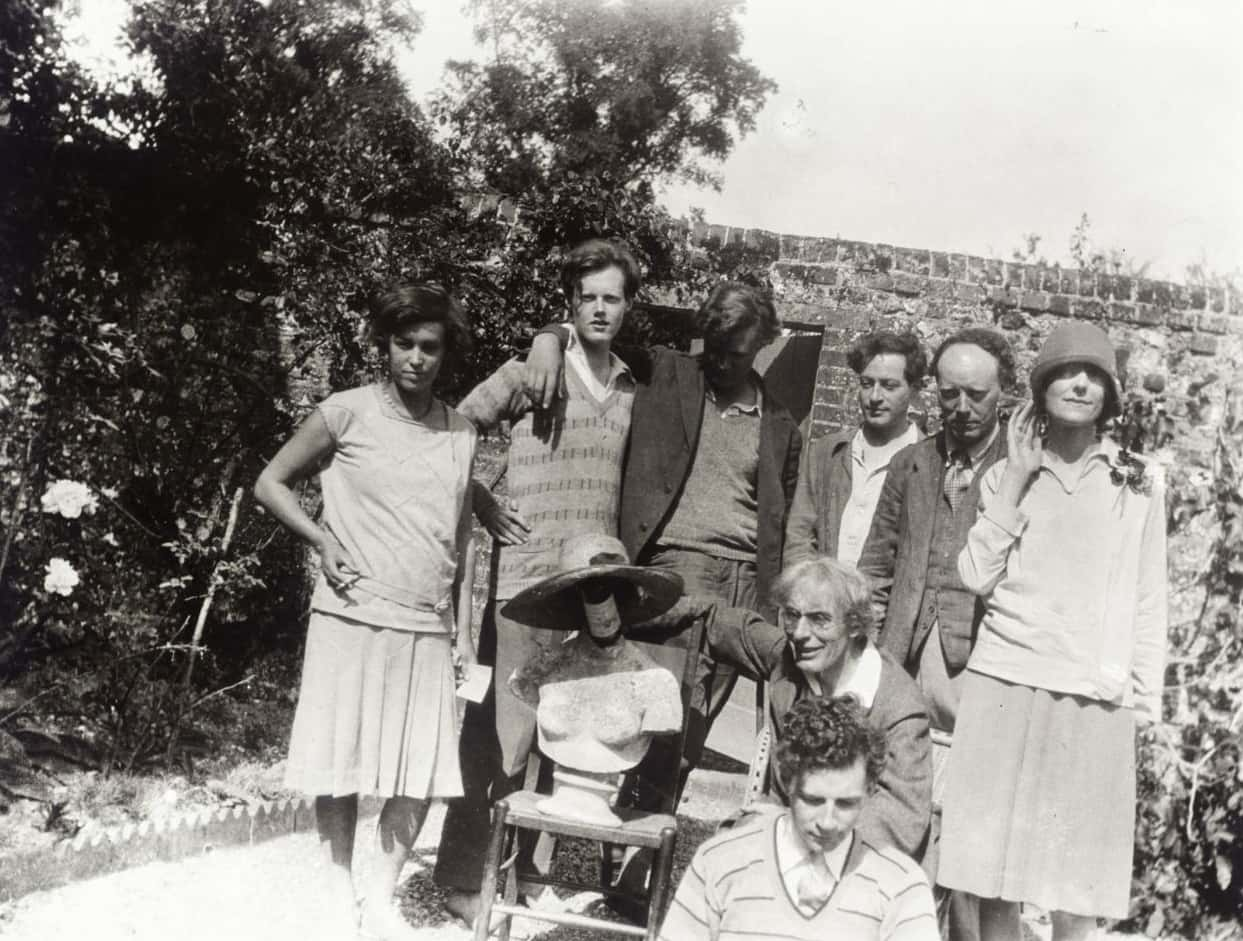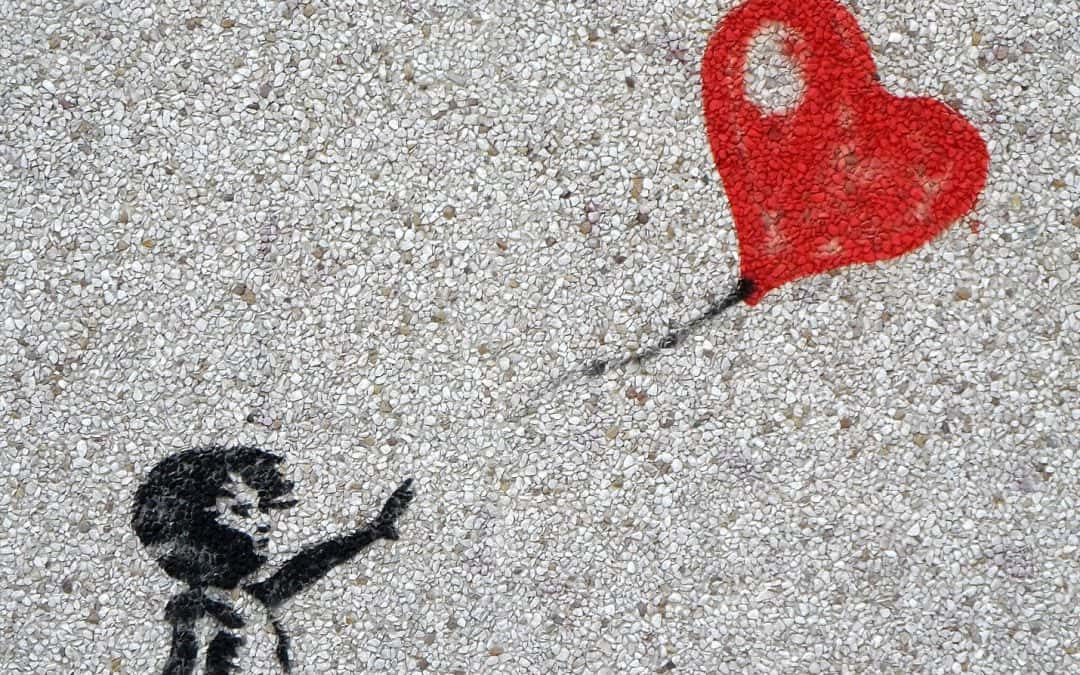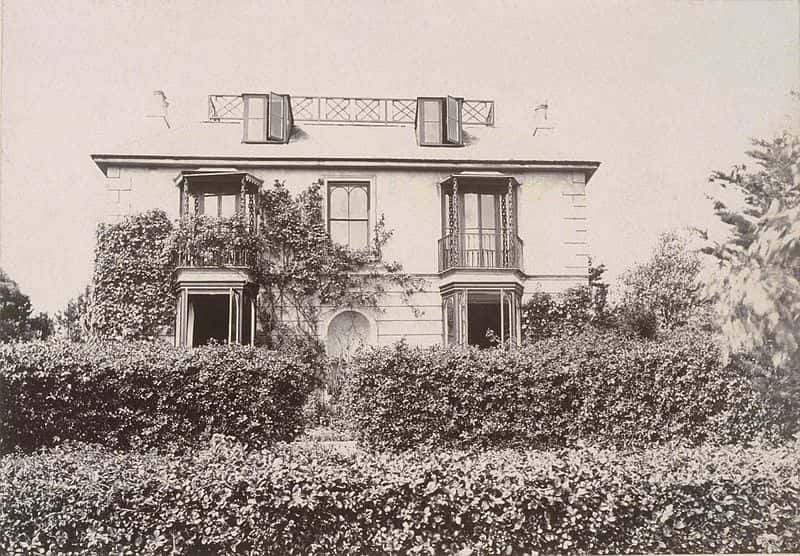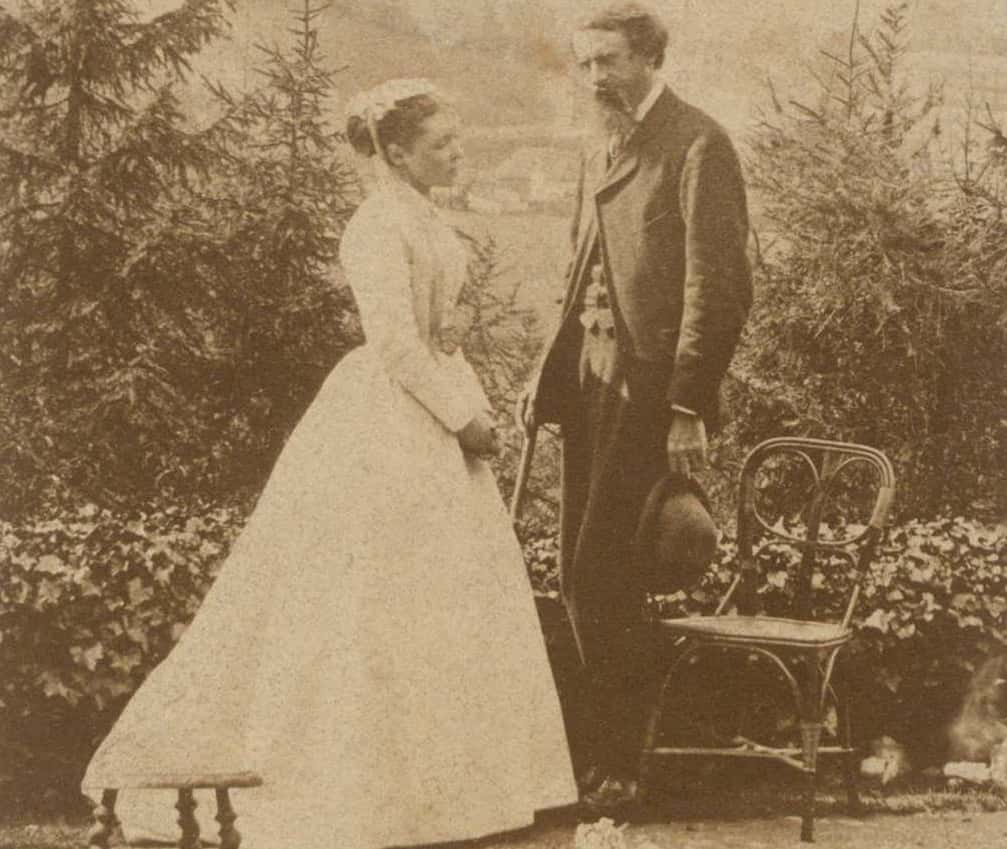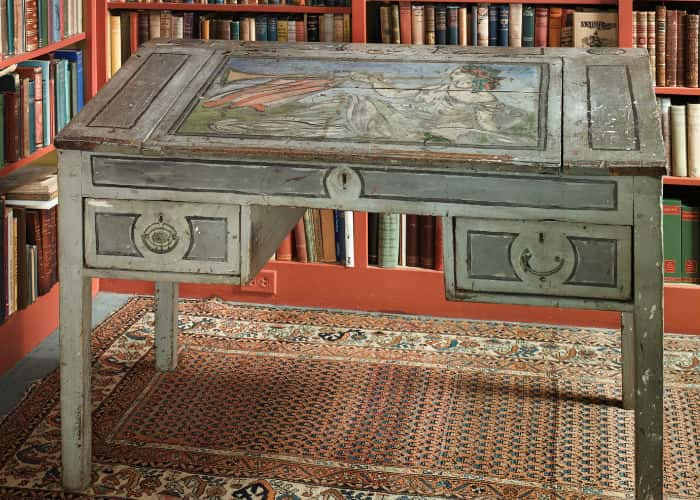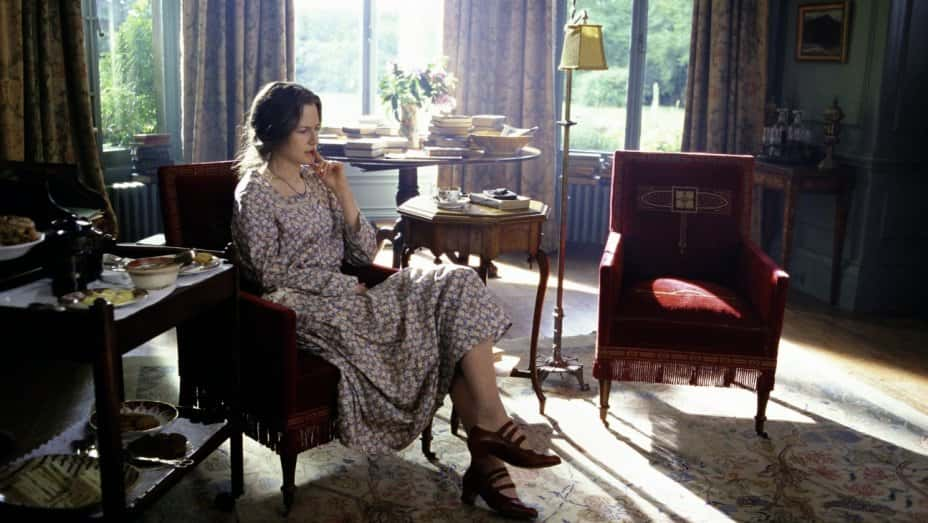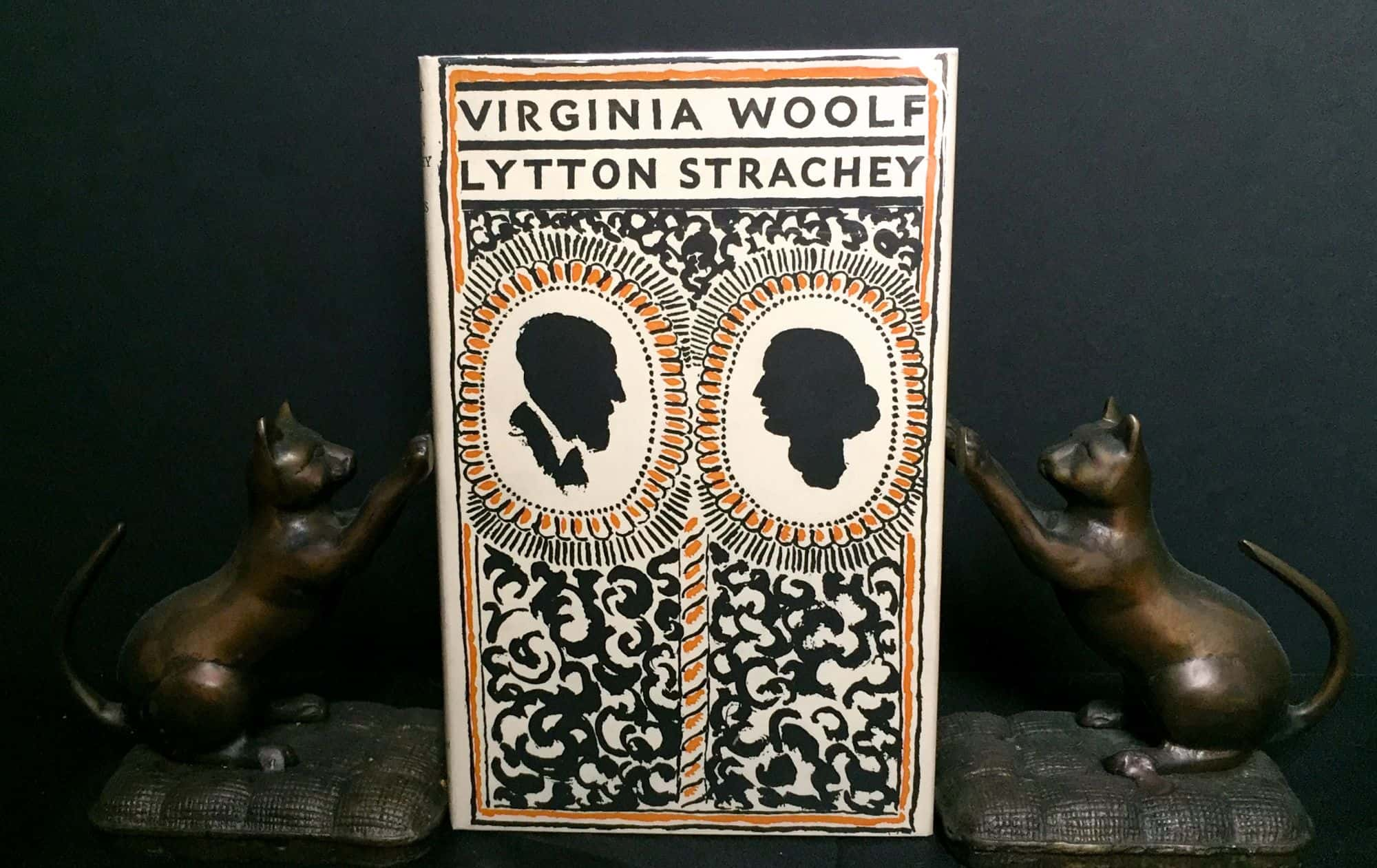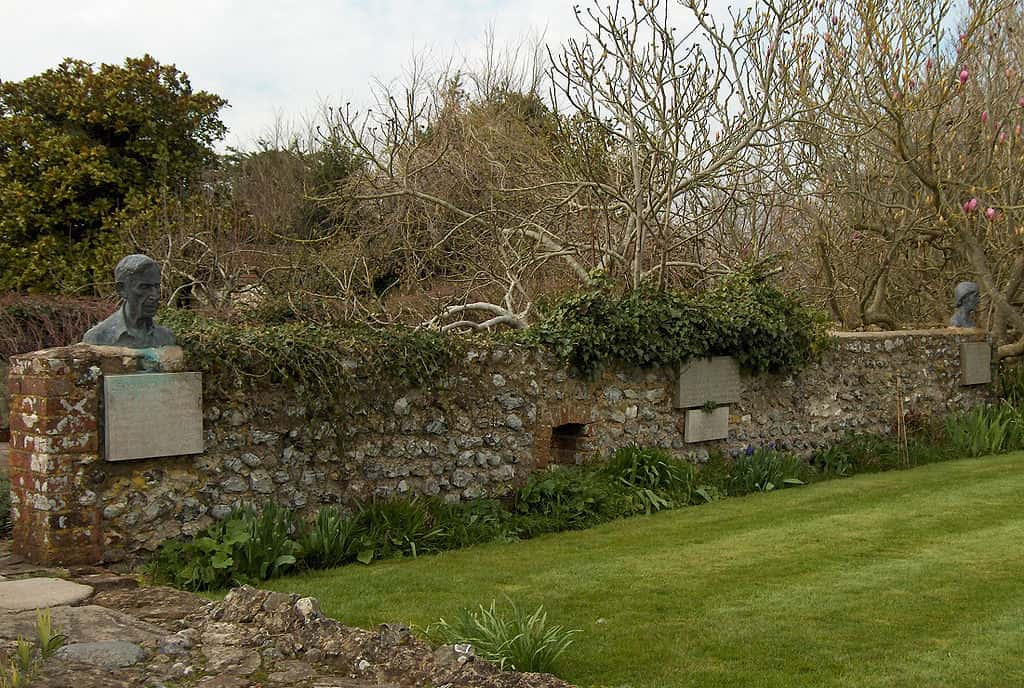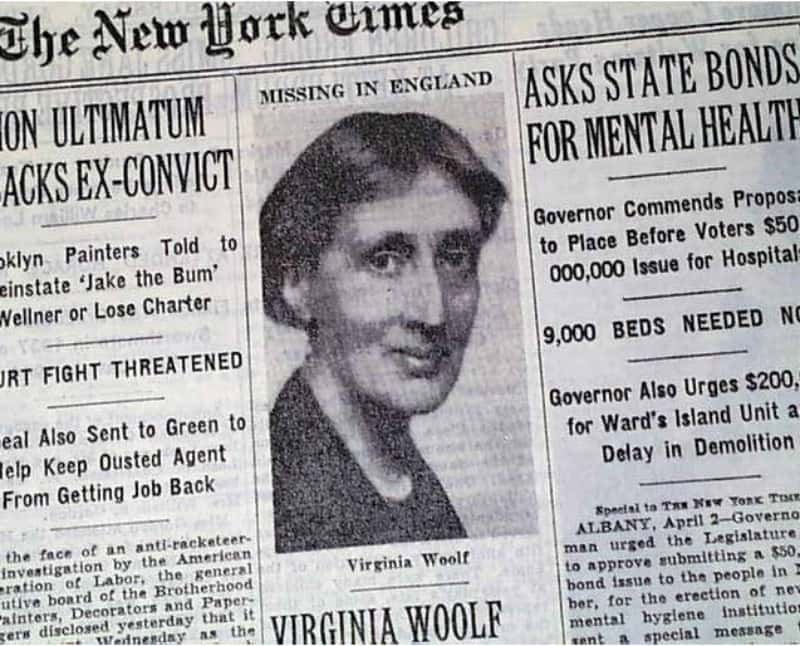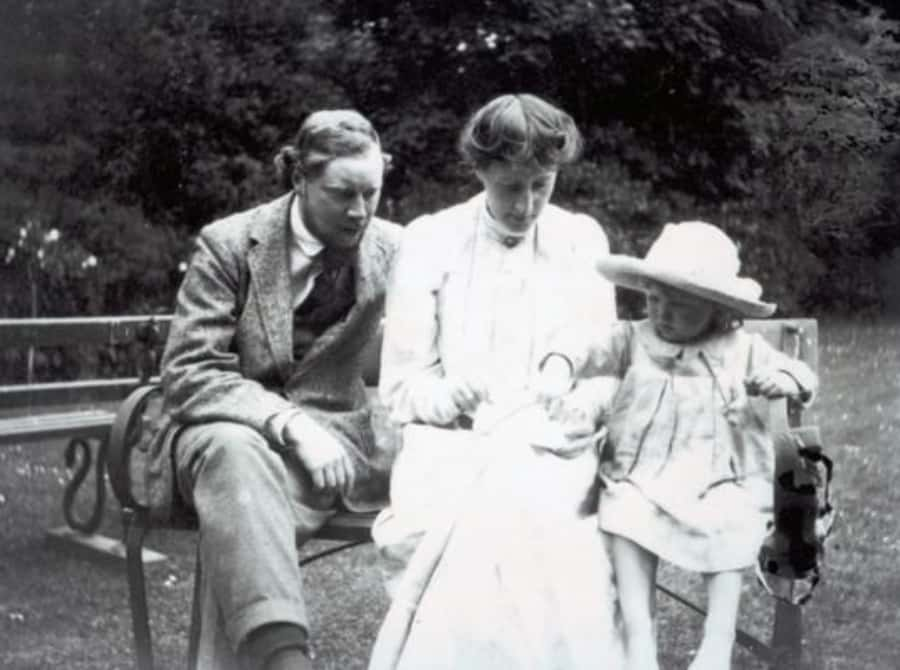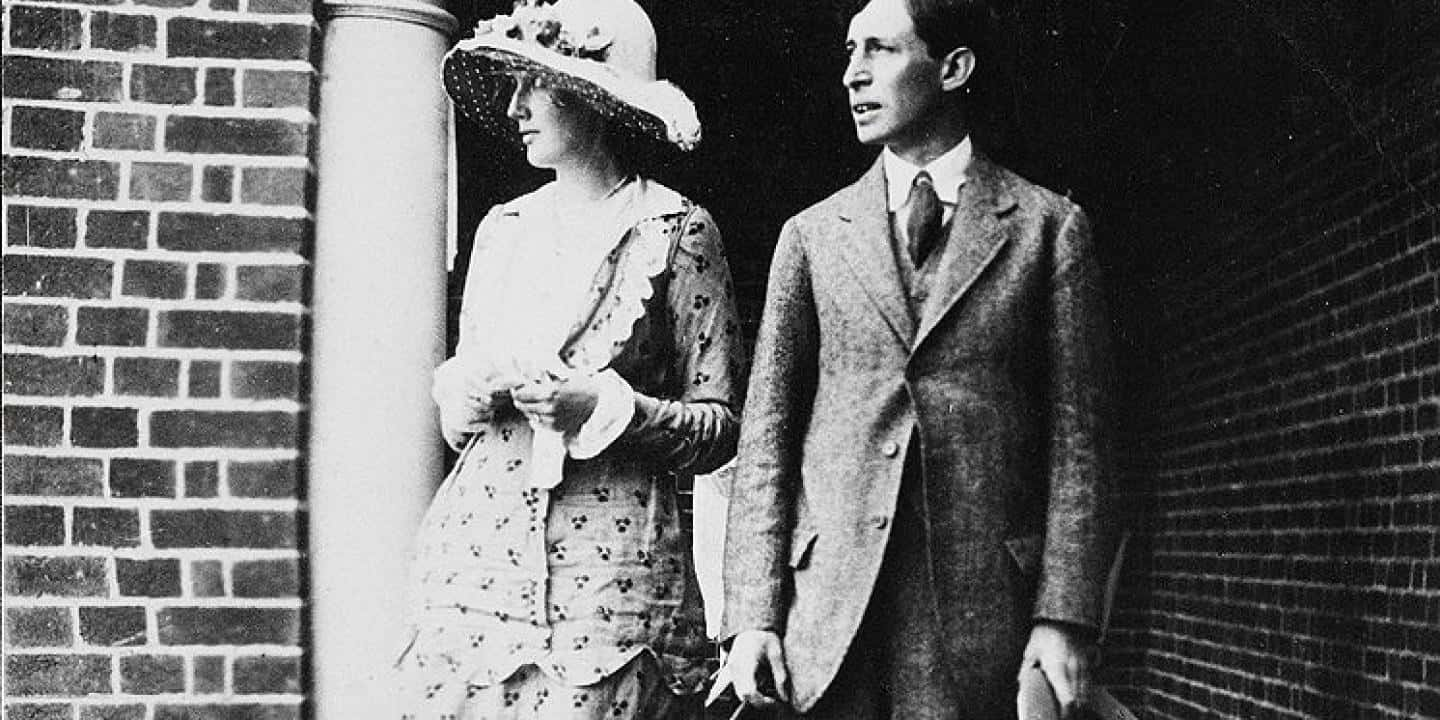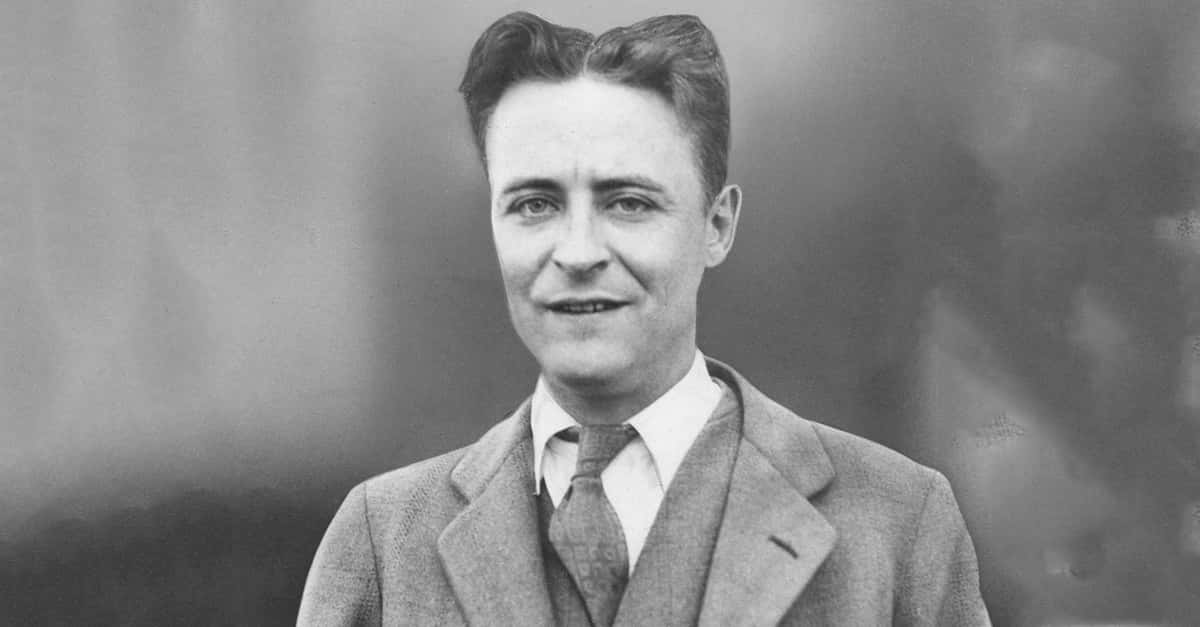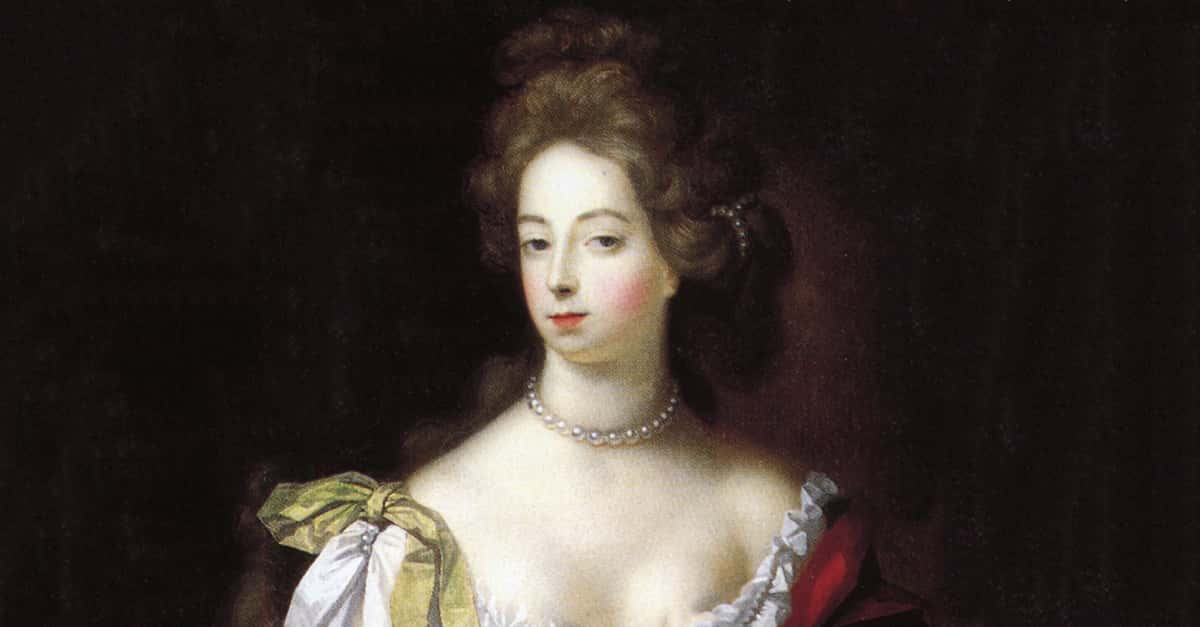"A woman must have money and a room of her own if she is to write fiction"—Virginia Woolf
Virginia Woolf was a British-born novelist, critic, essayist and publisher who was best known for works such as Mrs. Dalloway, To the Lighthouse, and A Room of One’s Own. She was famous for pioneering the stream-of-consciousness method of writing, as well for experimenting with various forms of narration in her other novels and stories. Today she is considered to be one of the most important and influential modernist writers of the 20th century and continues to be widely read and studied to this day. But behind her work, she led a deeply trouble and tragic life that ended too soon. Read on for 44 facts about this brilliant and elusive author.
Virginia Woolf Facts
43. Uncommon Bond
Vita Sackville-West, an English poet, landscape designer and novelist, first encountered Virginia Woolf in December, 1922 at a dinner party hosted by Woolf’s brother-in-law. The relationship began on a professional note, with Woolf inviting West to publish a novel with her small press Hogarth. From that, the pair first became friends, and then lovers in 1925, despite both being married to men and Woolf being ten years West's elder. The affair only lasted a couple of years, but they remained dear friends until Woolf’s death in 1941.
42. Death Pact
With the onset of World War II, Woolf became increasingly unsettled. She and Leonard, like most of their group, were against war, and they were particularly worried about what would happen if the Nazis invaded England, and how the Nazis would treat them because of her husband’s Jewish heritage. With this in mind, they made a suicide pact in the event that the Nazis did manage to invade. While this didn’t come to pass, the stress of writing, combined with the war took a serious toll on Woolf’s mental state, and she fell into a deep depression which led to her suicide.
41. Woolf’s Women
Before her love affair with Vita Sackville-West, there were a number of other women in Woolf’s life for whom she had deep feelings. Madge Symonds, the inspiration for Sally in Mrs. Dalloway, was married to one of Woolf’s uncles, and Woolf was completely infatuated with her. Somewhere around 1901-1902, Woolf met two other interesting women. The first, Kitty Maxse, was married to the editor of the National Review, and Woolf’s mother introduced them, hoping they would become friends. The pair didn’t quite become the bosom buddies her mother had hoped, but she did become the inspiration for Clarissa Dalloway. The other, Violet Dickinson, was over six feet tall, intelligent, and quite unique, and Woolf was head-over-heels in love with her. Nothing ever came of her feelings, but they did remain friends for several years after that.
40. Snarky Commentary
Unsurprisingly, Woolf was an avid reader, and she especially admired the work of Russian author Fyodor Dostoevsky. Of his writing she said "The novels of Dostoevsky are seething whirlpools, gyrating sandstorms, waterspouts which hiss and boil and suck us in… Outside of Shakespeare there is no more exciting reading.” On the other hand, she was not quite so fond of the works of American author Henry James. Of his works, she noted: “Please tell me what you find in Henry James… I read, and can’t find anything but faintly tinged rose water, urbane and sleek, but vulgar... Is there really any sense in it?” Tell us how you really feel, Ginny!
39. Sound Advice
In her 1925 essay How to Read a Book, Woolf offers the average reader her advice on—you guessed it!—how to read a book. Despite being a critic and a scholar herself, she did not suggest that readers of her essay should do the same. In fact, her biggest piece of advice was to “take no advice, to follow your instincts, to use your own reason, to come to your own conclusions.” She believed that reading is an activity where people engage their imaginations and apply their own literary abilities, and most importantly, that it was chiefly done for pleasure’s sake.
38. Full House
Both of Woolf’s parents had been married and widowed before marrying each other, and they each had children from those marriages. Altogether Woolf had three full-siblings, including sister Vanessa Bell, and four half-siblings. That definitely would have made for a crowded house!
37. Always the Storyteller
Even from a young age, Woolf enjoyed telling stories, and she would regularly tell bedtime stories to other children about her neighbors.
36. A Bit Mad
Woolf was the type of woman who always left a strong impression, and according to the book Virginia Woolf’s Women, the local kids were both terrified of and fascinated by her. As Dirk Bogarde, an actor who grew up in a nearby village recalled of Woolf, “She sometimes wore a big floppy straw hat and we all thought she was a witch. Or could put spells on you… there was a strange decontracte about her which made us all uneasy… she never spoke to us, but sometimes sang to herself, a sure sign that she was ‘barmy’ as we said…”
35. Intellectual Elite
Woolf’s father was a graduate of Eton and Cambridge, and his position as a literary critic and biographer meant that her family traveled in the circles of the upper-class, intellectual elite. Famous writers such as Henry James (awkward), William Thackery, and poet James Russell Lowe frequently dropped by the house, so she was exposed early to some of the greatest thinkers and writers of the time (not that she agreed with that assessment, in James' case).
34. Home Schooled
Despite her parent’s liberal leanings, while Woolf was growing up, she was unable to formally attend school because it still wasn’t acceptable for girls. She and sister Vanessa were schooled at home with all of the benefits of her father’s expansive library and connections. Granted, their education was probably better than anything a school would have given her, but she was always acutely aware that being a girl denied her the opportunity to attend Cambridge or Oxford as her brothers did. Totally unfair!
33. Hand Her the Key
Woolf was pretty jealous and resentful of the opportunities that were afforded to her brothers simply because they were boys, and so she decided to make the best of what she had by reading all of the books in her father’s library. When she was younger, he would unlock the door, and get books down from the shelf to give to her, but by the time she was 13, she was reading so voraciously that her father decided to just give her the key instead. For Woolf, there could be no better gift, and she would spend hours alone reading.
32. A Long Love Letter
Woolf’s 1927 novel Orlando follows a gender-crossing aristocrat who lives for 400 years and has relationships with both sexes. The book was dedicated to and inspired by Sackville-West, and was once described by her son as “the longest and most charming love letter in literature.” How romantic!
31. The Teeth Are Connected to the…
For most of her life, Woolf suffered from bouts of mental illness, and her psychiatrist George Savage bought into a popular theory of the 1920s that suggested that mental instability was caused by bacteria in the roots of the teeth and suggested that she have three teeth pulled. Woolf wasn’t happy with the treatment which she thought was for nothing and ended up wearing false teeth, which was a blow to her vanity. Suing for malpractice wasn’t a thing at the time, but she got her revenge by turning him into the fumbling, incompetent doctor in Mrs. Dalloway. If you can’t sue, write about them in a classic of literature!
30. Mad Marmoset
Leonard Woolf had a pet monkey—a marmoset named Mitz who was generally disliked by almost everyone except for Leonard. Woolf’s nephew Quentin Bell wrote in his memoir that the monkey was “deeply in love with Leonard and would spit out its jealousy upon the rest of humanity.” According to Bell, the monkey’s favorite activity seemed to be defecating on Leonard’s arm—so much so, that he had to waterproof the sleeves of his jacket. Perhaps that was Mitz’ way of showing his affection? Or maybe he was just a jerk...
29. Open-Minded Intellectuals
Both Woolf and her husband Leonard were members of a society known as The Bloomsbury Group. The group was originally made up of ten members who were mostly well-educated and from the privileged middle-class. Members included the writer EM Forster, her sister Vanessa Bell, and her brother-in-law Clive Bell, and later expanded. The Bloomsburies, as they were known, rejected Victorian ideals and were highly progressive in their attitudes. They supported gay rights, women in the arts, pacifism, and free love. With ideals like that, they’d be right at home in today’s world (or at least in the 60s).
28. Family Tragedy
As a child, Woolf suffered a succession of family tragedies in less than a decade, which took a toll on her mental well-being. She lost her mother Julia in 1895 at age 13, her older half-sister Stella two years later, and then her father to stomach cancer in 1904. Her father’s death turned out to be her breaking point, and Woolf attempted suicide by jumping out a window not long after.
27. Tragedy Strikes Again
After her father’s death, Woolf and her siblings sold the family home and bought a house in Bloomsbury—a bohemian neighborhood enjoyed by writers and artists. For a time, she was able to pick up the pieces of her life. She started writing for the Times Literary Supplement, taught at a college close by and read to old ladies. However, tragedy struck again in 1906, and her brother Thoby contracted typhoid fever while they were on a trip to Greece and passed away upon his return to England. Woolf channeled her grief into her writing, and her 1922 novel Jacob’s Room is said to be inspired by his death.
 Pinterest
Pinterest
26. Talland House
In the same year that Woolf was born, her father purchased a summer home in the Cornish town of St. Ives, which he called Talland House. Each summer, the entire Stephen family would travel there, and Virginia truly loved it. There was a lighthouse nearby, and she could hear the waves crashing from her bedroom window. When her mother died suddenly in 1895, Woolf’s father no longer wanted to return there, and it would be ten years before she and her siblings would get back to see it again. Her memories of those summers inspired her works To the Lighthouse and Time Passes. Sounds like a perfect vacation spot!
25. Retreat
Monk’s House, located in the village of Rodmell just south of East Sussex, was an 18th century cottage purchased by Woolf and her husband in 1919, and it was there that she wrote her most famous novel, Mrs. Dalloway. Each day, she would spend three hours writing in a shed in the garden, writing in large notebooks which she bound herself through her printing press. At the end of each day, she would date her work in the margin and cross out the bits she disliked. There was even a sketch of the floor plan of a house they were talking about renting in one of the books, proving that even someone as disciplined as Woolf wasn’t immune to distraction.
24. Problem Sister
Before marrying Julia Duckworth (Virginia’s mother), Leslie Stephen was married to Minnie Thackeray, the daughter of Vanity Fair author William Thackeray. Minnie gave birth to a daughter who spent several years in and out of sanitoriums. Having someone around who doctors thought was insane didn’t do anything to help Woolf, who already suffered from nervousness and high anxiety, and led her to question her own sanity. Wouldn’t you?
23. Mischievous Nature
Woolf had a bit of a playful streak to her when she was little, and from toddlerhood on she was nicknamed Goat by her family. Although it doesn’t sound like the most flattering of nicknames, it was by all accounts meant affectionately, and it stuck with her all her life. There are definitely worse things to be called.
 Pinterest
Pinterest
22. Something in the Pudding
Woolf’s unusual upbringing didn’t exactly include lessons in domesticity, so when she married, she enrolled in cooking school to beef up her skills. Unfortunately, she didn’t display the same talent for cooking as she did writing, and her wedding ring ended up baked in the pudding. Oops!
21. Punking the Royal Navy
On February 7, 1910, passengers traveling through Paddington Station, London might have noticed an odd-looking group boarding the train. At first glance, the group seemed to be made up of bearded, foreign men with turbans, gold chains and extravagant robes, accompanied by two Brits in suits. In reality, the men were neither foreign, nor all men. They were Virginia Woolf, her brother Adrian, painter Duncan Grant, and other members of the future Bloomsbury Group. The hoax involved convincing the Royal Navy that they were Abyssinian princes and getting a special tour of the flagship HMS Dreadnought. The fake delegation received the royal treatment, had a photograph taken, and were quite proud of themselves for pulling it off. Much to their surprise (maybe), word got out about the prank, and they ended up on the cover of The Daily Mirror, resulting in a humiliated Navy calling for their arrests. That didn’t quite happen, but you can see their point!
20. Standing Desk
Long before anything was written about the benefits of a standing desk, Woolf was writing at a standing desk of her own. She wrote at a 3’6”desk with a sloping top—but her reasons for writing standing up had nothing to do with health. Her sister Vanessa was a painter who painted standing up, and she thought her work would seem less difficult than her sister’s unless they looked more equal. She also apparently treated her writing like painting, and liked to step away from her "canvas" to get a better look.
19. Subject of Interest
Even after her death, Woolf has continued to be a popular subject in pop culture and appears in books, films and plays. Playing Woolf on screen has been good for the careers of the actresses playing her, and it won Nicole Kidman an Oscar for her work in the 2002 film The Hours.
18. 24-Hour Engagement
Woolf was intelligent and beautiful, and she had a lot of admirers of both genders. On Feb. 17, 1909, these qualities led her close friend and fellow writer Lytton Strachey to propose. Strachey himself was a homosexual and had his own reasons for wanting to be married, but no sooner had the words left his mouth than he regretted it. To make matters worse, she accepted him, and he couldn’t quite manage to talk his way out of it that day. The next day he retracted his proposal, and Woolf was amazingly understanding about the whole thing.
17. Dude—You Should Totally Marry Her!
Lytton Strachey and Leonard Woolf became best buds while studying at Cambridge, and after his regretful proposal to Virginia Strachey had a novel idea—Woolf should marry her! Woolf had been quite taken with Virginia when she came to the college to visit her brother and jumped on the idea. He asked Strachey to find out if Virginia would marry him, and if so, would hop on the next boat home. Virginia, not knowing him very well, thought it was a joke and gave no answer at all—that time.
16. Meeting Again
Fast Forward two years to Leonard Woolf’s return to England, and he and Virginia make each other’s acquaintance again. He rented rooms on the top floor of her and her brother Adrian’s house, and the pair began dating. Throughout those first six months, Woolf proposed to Virginia twice, but the whole idea of marriage and sex freaked her out, and she refused. On the third time, she finally accepted him, and they married in August, 1912.
15. Eternal Companions
Leonard Woolf was devastated by Virginia’s suicide. Throughout their 29-year marriage, he’d taken care of her through her breakdowns and suicide attempts, and when she died, friends said he was inconsolable. He had her body cremated and buried her ashes under one of the two intertwined Elm trees in their backyard which they’d named after each other. When he died, his body was cremated, and his ashes buried alongside Virginia.
14. The Difference a Word Makes
A single word can be enough to change the meaning of a sentence, and in Woolf’s case, the coroner’s misquote of her suicide note to Leonard caused the Sunday Times of London to get it completely wrong. Woolf’s actual note read "I have the feeling that I shall go mad again and cannot go on any longer in those terrible times,” but the coroner misspoke, saying “these” instead of “those,” suggesting her "sensitive nature" made it difficult for her to cope with the war. That misquote was repeated in publications ranging from Time magazine to The New York Times to the Gloucestershire Echo, but she never actually mentioned the war in either of her notes to Leonard.
13. The Doggie Voice
After writing The Waves, Woolf wanted to do something a bit lighter, and she found that Flush, the Cocker Spaniel mentioned in the letters of Elizabeth Barrett Browning, was a perfect subject. She wrote Flush: A Biography from the dog’s point of view, and it became her best selling book to that point, selling over 19,000 in the first six months. Ironically, Woolf disliked the popular success of the book, and was actually pretty embarrassed by it. She’d probably be relieved to know how rarely discussed or studied it is today.
12. Family Project
In 1923, Woolf submitted a children’s story about kindness to animals to The Charleston Bulletin—a newspaper published by her nephews. The story was a disappointment to her older nephew, who hoped for something a little more biting, but considering that she was already well-established by that point, it was kind of her just to take the time to help out.
11. Journaling Is Good for the Soul
Woolf had occasionally kept diaries growing up, but beginning at age 33, she started seriously journaling—a practice which she kept up until her death. Her last entry was recorded four days before her suicide, and altogether, she left behind 26 journals written in her own hand. For Woolf, keeping a journal was a way to practice her craft in a "for her eyes only" setting, and she found it to have numerous creative benefits. After her death, her husband Leonard published the journals, which offered great insight into her mind and her writing.

10. Feminist Icon
Though Woolf wrote extensively about the difficulties women, and particularly female authors, faced, she didn’t become a feminist symbol until the 1970s. As the second-wave feminist movement picked up steam, her work was rediscovered, and she became the feminist icon she is today.
9. Death on the Rocks
On March 28, 1941, Woolf finally succumbed to her depression, and committed suicide by filling her coat pockets with rocks and walking into the River Ouse behind her house. In her letter to her husband Leonard, she expressed her awareness of what her depression was doing to him, and that she simply couldn’t go on fighting it any longer. She also went on to say that if anybody could have saved her it was him, but she was doing what she thought was the best thing to do. It would be three weeks before her body was found.
8. Impassioned Plea
After reading an editorial by Mrs. Kathleen Hicks, wife of the Bishop of Lincoln in The Sunday Times, trashing his wife, Leonard Woolf was moved to offer a rebuttal to her unfair assessment. He wrote to the Times trying to set the record straight about the true meaning of her words. Sadly, his letter was also twisted, and the Times not only printed the misquote once, but reprinted it several times. The attacks on her posthumous work and her character continued for over a year, with nary a fact-checker in sight. Now that was fake news!
7. Exploding Coffin
Woolf’s maternal great-grandfather James Pattle basically drank himself to death, but there is a crazy story associated with the return of his body to England from India. Pattle was a member of the Bengal Civil Service, and his body was allegedly sealed in a cask of rum to send him home. Now it just happened that a storm came up, causing the casket to explode, subsequently destroying his body. His poor widow was so shocked to see the condition of his body that she dropped dead on the spot when she first saw it. Truth is absolutely stranger than fiction!
6. Tangled Relationships
Open marriages were just fine with the members of the Bloomsbury group, and many of the members took advantage by having affairs with each other. Aside from Woolf’s relationship with Vita Sackville-West, her sister Vanessa had a child with her lover, painter Duncan Grant. One might have wondered what her husband thought of this development, but he was cool with it! He encouraged the affair and generously raised their daughter as his own. In an even more bizarre twist, when their daughter grew up, she married Grant’s former male lover David Garnett, not knowing what his relationship had been to her father. That marriage didn’t last, but at the time, she was completely in love with him. Freud would have had a field day with that one!
5. Refusing Treatment
After suffering a lifetime of mental illness and only ending up with some missing teeth to show for it, it’s no wonder that Woolf was initially defensive and antagonistic towards the doctor who tried to treat her the day before her suicide. She eventually allowed him to examine her and agreed to accept treatment if she thought it was reasonable. She committed suicide the next day without ever trying it, so she must not have found it very reasonable at all.
4. Causing a Rift
After giving birth to her first child, Julian, Woolf’s older sister Vanessa Bell found all of her time and attention taken up by the baby, leaving her husband Clive and Woolf on the outside feeling lonely and neglected. To get back at her for ignoring them, they started flirting with each other, progressing to some racy letters. Their behavior definitely caught Vanessa’s attention, and she was pretty ticked at both of them. They also got the attention of the Bloomsbury group, who started writing them letters of warning about what they were doing. Eventually, Woolf realized that their "game" was seriously damaging her relationship with her sister, but even after it was over, the damage was done, and that tension stayed between them for the rest of her life.
3. No Objections
At the time of her affair with Vita Sackville-West, Woolf was happily married to Leonard Woolf. Her husband was reportedly fully aware of the affair and wasn’t bothered in the least. In a diary entry she described the affair as being a bore to her husband and “not enough to worry him,” and went on to say that “one has room for a good many relationships,” so it obviously didn’t concern her either.
2. Something Sinister
Woolf’s half-brother George Duckworth was a handsome 27-year-old when their mother died, and by all appearances he was a source of comfort and extremely kind to Virginia and Vanessa. However, it was later revealed that Duckworth was sexually abusing his two young sisters behind closed doors, but they told no one until they were adults. Not knowing what was really going on, people were understandably puzzled at the girls’ intense dislike for George, but he emotionally scarred both girls for life, and affected the way that Woolf handled her own sexuality for the duration of her life. After an experience like that, who could blame her?
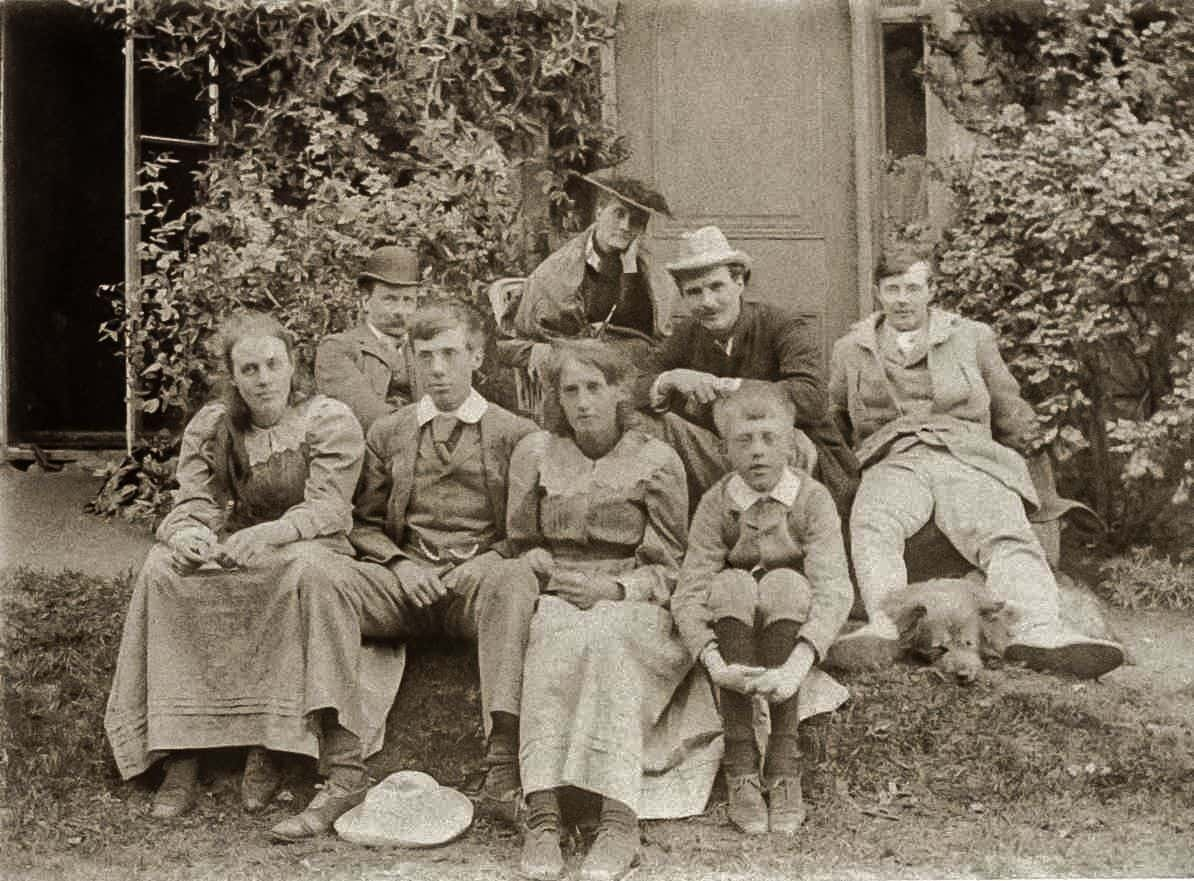 Pinterest
Pinterest
1. My Fault Entirely
When Virginia Woolf decided to commit suicide, she left notes for her husband and her sister Vanessa. In Vanessa’s note, she hardly explained at all why she was going to kill herself, but wanted to make sure that Vanessa would help her husband through it afterwards. Woolf seemed to be concerned that her husband would bear the blame for her death, and she wanted it to be clear that she was solely responsible for her actions.
Sources: 1, 2, 3, 4, 5, 6, 7, 8, 8, 9, 10, 11, 12, 13, 14, 15, 16, 17, 18, 19, 20, 21, 22, 23, 24, 25, 26, 27, 28, 29, 30


